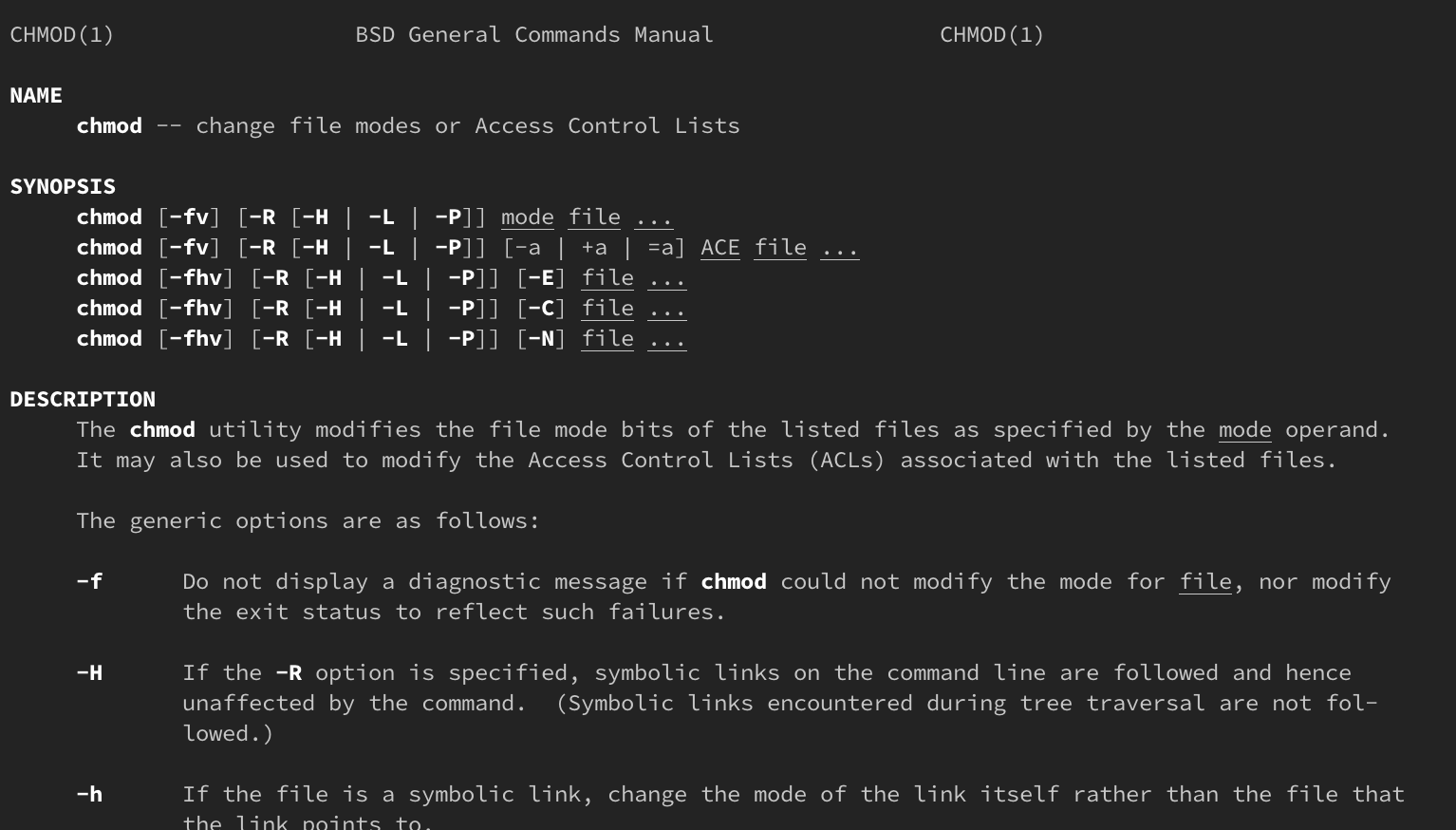Delete File Linux Permissions
Delete File Linux Permissions. Click change permissions for enclosed files. 1 root root 0 mar 18 08:01 file.

In linux, the operating system determines who can access a certain file based on file permission, ownership, and attributes. The only relevant attribute to the file itself is the file system attribute immutable, see man lsattr, man chattr. The ‘chown’ command can change the ownership of a file/directory.
Chmod +Rwx Filename To Add Permissions.
If you have read permission on any. Navigate to the target file or folder. Keep in mind that removing a file as described in this guide just removes references to the underlying storage system.
Click On The Access Files In The Others Section.
1 root root 0 mar 18 08:01 file. If you try to delete a file then the normal file permissions (including acl and richacl) do not matter at all. Linux divides the file permissions into read, write and execute denoted by r,w, and x;
Navigate To The Second Tab In The Window, Labeled Permissions.
Understanding file permissions and ownership in linux. The read permission will give you to open and read the file. Now that you are aware of the basic terminology of file permissions and ownership, it’s time to see it in action.
Chmod +Rwx Filename To Add Permissions.
The permissions on a file can be changed by ‘chmod’ command which can be further divided into absolute and symbolic mode. Permissions of a file or directory in linux. But when testing you might stumble into thinking that you need more (e.
That Should Change The Permissions For The Folder And All Its Files And Sub Directories To Read/Write/Execute.
So for example, let’s say i have a file named file1 that currently has the permissions set to _rw_rw_rw, which means that the owner, group, and all users have read and write permission. To change directory permissions in linux, use the following: You will receive a permission denied error as in the image below.
Post a Comment for "Delete File Linux Permissions"